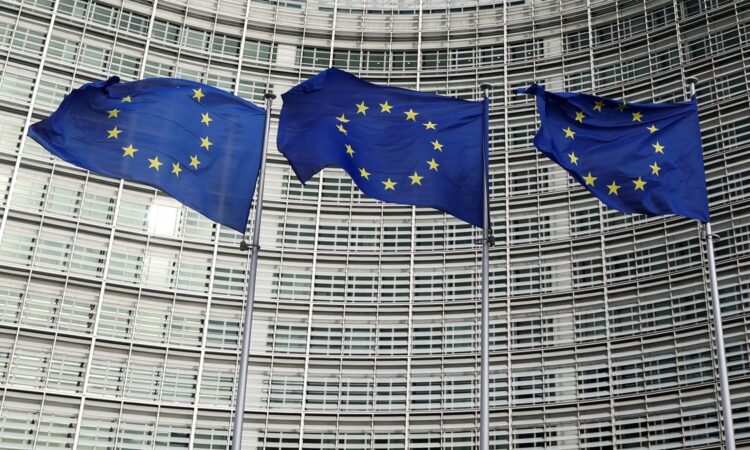
In a groundbreaking move that could redefine the landscape of digital currencies in Europe and potentially beyond, the European Union is on the brink of implementing the Markets in Crypto Assets (MiCA) regulations. This ambitious framework is designed to bring order to the burgeoning world of cryptocurrencies, particularly stablecoins, by introducing stringent regulations that could shake the very foundations of how these digital assets operate. At the heart of MiCA is a novel classification system that splits stablecoins into two distinct categories, each with its own set of rules for issuers. This pivotal moment in cryptocurrency regulation is not without its detractors, however, as a recent critique highlights potential pitfalls in the EU’s approach, sparking a debate on the future of digital finance.
Understanding MiCA: A Leap Towards Regulation
The EU’s MiCA regulations represent a significant step forward in the quest to tame the wild west of the cryptocurrency market. By categorizing stablecoins into two types, the framework aims to ensure a more stable and reliable digital currency environment. Issuers of these stablecoins will face strict rules, including limitations on offering interest rates, a move that could deter some but is seen by many experts as a necessary step towards a safer and more competitive market. The regulations are believed to bring a host of benefits, not least of which is the encouragement for the entry of new Euro stablecoin issuers, potentially spurring competition and innovation in a market thirsty for legitimacy and stability.
Controversy and Critique: The Debate Over MiCA’s Approach
Despite the optimism surrounding MiCA, recent criticisms have emerged, questioning the efficacy and approach of the EU’s regulatory framework. A pointed critique in a scholarly paper argues that MiCA’s strategy in classifying and regulating systemic stablecoins might be more detrimental than beneficial. The paper draws a parallel between MiCA’s criteria for determining the significance of stablecoins and the regime applied to global systemically important banks (G-SIBs), suggesting that the former is subjected to an arguably more rigorous set of standards. With requirements including having over €5 billion in reserves, more than 10 million users, or processing over €500 million daily to be considered significant or systemic, critics argue that such criteria are disconnected from the real dynamics of stablecoins. This heavy-handed approach, they claim, is a knee-jerk reaction to the failed Libra project by Meta, leading to an overly aggressive regulatory stance that could push issuers away and hinder the EU’s goal of effectively regulating the market to protect consumers.
Implications and Future Prospects: Navigating the Regulatory Seas
The debate over MiCA’s regulatory framework underscores a critical juncture in the evolution of digital currencies. While the EU seeks to establish a regulated environment that protects consumers and fosters innovation, the risk of stifling growth and driving issuers to friendlier jurisdictions cannot be ignored. The call for revising MiCA’s stablecoin significance regime reflects a broader conversation about how best to regulate a rapidly evolving market without curbing its potential. As the EU moves forward with the implementation of MiCA, the global cryptocurrency community watches closely, aware that the decisions made today could shape the landscape of digital finance for years to come.
In essence, the European Union stands at a crossroads, with the MiCA regulations poised to either fortify its digital market or potentially alienate a burgeoning sector of the global financial system. The balance between regulation and innovation is delicate, and as the EU charts its course, the world watches, eager to see how this bold experiment in cryptocurrency regulation unfolds. The outcome of this initiative could very well set a precedent for how digital currencies are treated worldwide, marking a significant moment in the ongoing story of cryptocurrency’s quest for legitimacy and acceptance.






